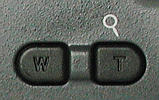
The on-camera zoom lens is controlled by the zooming buttons on the backpanel:

The buttons W and T are for zooming out and zooming in, respectively. More precisely, press and hold the W (resp., T) button to make the focal length shorter (resp., longer). Keep in mind that a shorter (resp., longer) focal length covers a wider (resp., narrower) view.
As the focal length is being adjusted by the zooming buttons, the LCD monitor displays a scale as shown below. This scale indicates the relative position of the current focal length.
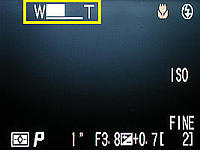
The following figure helps you understand the correspondence between 995's focal length and that of a 35mm lens. The on-camera zoom lens has focal length from 8mm to 32mm, which is equivalent to 38mm to 152mm of 35mm lenses. In the figure below, blue and red marks are 995 focal lengths and 35mm focal lengths, respectively. In 35mm photography, the most commonly used focal lengths are 50mm, 70mm, 85mm, 105mm and 135mm. Thus, 70mm is about the middle of the scale; 50mm is about 16% from the left end; and 105mm is about 13% from the right end.

|
| Correspondence between 995 and 35mm focal lengths on the scale |
When you have a powerful zoom lens like the on-camera one, you might ask a very simple and yet important question: Which focal length should I use? The answer to this question boils down to the concepts of angle of view and perspective. You can use almost all available focal lengths to take the same scene as long as you have space for you to maneuver. That is, if you are willing to move your position, the same scene can be taken with virtually all available focal lengths. The choice of focal length depends on the perspective you want.
The angle of view of a lens is determined by its focal length and the image size. Because image is in general not a square, angle of view is commonly measured diagonally. Since we do not know the actual size of 995's CCD, we shall use 35mm lens equivalent. The following table lists a number of horizontal angle of view for some popular focal lengths.
| Focal Length | Angle of View |
| 15mm | 100 |
| 24mm | 74 |
| 28mm | 66 |
| 35mm | 54 |
| 50mm | 40 |
| 85mm | 24 |
| 100mm | 20 |
| 135mm | 15 |
| 200mm | 10 |
| 300mm | 6 |
| 400mm | 5.1 |
| Angles are in degree |
From this table we know that telephoto lenses have narrower angles of view than wide angle lenses. Suppose we want to take a photo of the three yellow objects as shown below. The left figure uses a telephoto lens, while the right one uses a wide angle lens. Because a telephoto lens has a narrower angle of view than a wide angle lens, to cover all three yellow objects, the camera-subject distance is longer than that of a wide angle lens. Hence, the image taken using a telephoto lens will only include the two middle red objects, while the image taken using a wide angle lens may include all six!
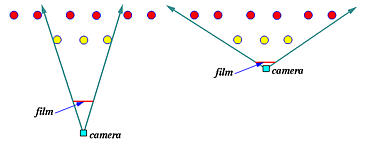
Because the image size is the same for both lenses, we can anticipate that the three yellow objects in both images would have approximately the same size. On the image by the wide angle lens, because all six red objects are recorded, they will look smaller than the two red ones on the image by the telephoto lens. Consequently, we have an illusion that these six red objects are farther away from the camera. On the other hand, since the telephoto image includes less objects, the two red and three yellow objects look like packed tightly together. This is the effect of "compression." Hence, the image with a wide angle lens has a different perspective than the one taken with a telephoto lens.
The meaning of perspective is difficult to be defined precisely. Because the image of a three-dimensional scene is two-dimensional, perspective is created by the relative size of similar objects (i.e., a distant object looks smaller than a nearby similar object), converging lines, and so on.
Normally, we use telephoto lenses to take images of distant subjects so that the desired portion of the scene is ``extracted'' from its surrounding environment. The distance between two objects looks shorter and hence the scene seems ``compressed'' (i.e., objects look like close to each other). We mentioned this in previous section. On the other hand, wide angle lenses are normally used to take wide area and ``exaggerate'' the nearby objects (i.e., they look like larger than their actual sizes). The following images show this effect. The 24mm one is taken with Nikon's WC-E24 wide angle converter. It is clear that the front left portion of the model car is exaggerated. When this model car is retaken using the on-camera lens set to 38mm and maintaining the same size (on the image) and orientation, the exaggeration reduces. Then, we zoom in to 50mm and take the same model car again. Now it looks normal (i.e., similar to what our eyes see). The images taken with 100mm and 150mm look very similar without exaggeration, and this is why moderate telephoto lenses with focal length in the range of 80mm and 135mm are normally used for portraiture work for less perspective distortion. Then, we use Nikon's TC-E2 telephoto and set the combined focal length to approximately 200mm and take an image. Then, we still use the TC-E2, but zoom in the on-camera lens to 150mm to have a combined focal length of 300mm, to take an image of 300mm. The 450mm one is taken with Nikon's TC-E3 telephoto. Finally, we use CrystalVue Optics' Sharp Shooter, a 8×32 monoscope, to take the image of 1200mm. Those images taken with long focal lengths all show the compression effect.
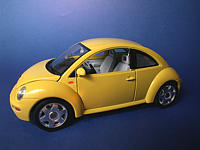
|
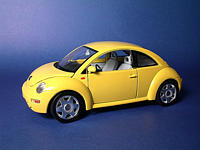
|
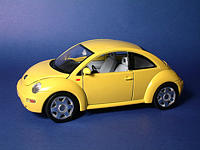
|
| 24mm | 38mm | 50mm |
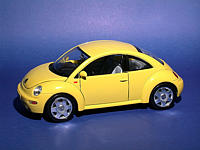
|
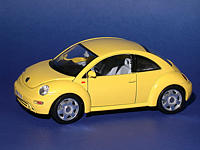
|

|
| 100mm | 150mm | 200mm |
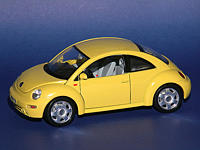
|

|
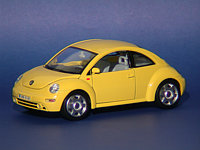
|
| 300mm | 450mm | 1200mm |
| Click on the image to see a larger one | ||
The following are the images of the same scene taken with focal lengths 24mm (WC-E63 wide angle converter), 38mm, 75mm, 115mm, 230mm (TC-E2 2x tele converter) and 345mm (TC-E3ED 3x tele converter). As you can see, the wide angle side exaggerates foreground objects, while ``pushes'' background objects away. The moderate telephoto shot (i.e., 75mm) looks more natural. The longer the focal length we use, the more compression we will get.
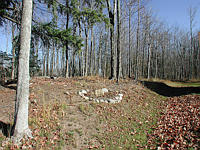
|
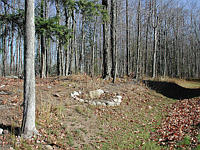
|
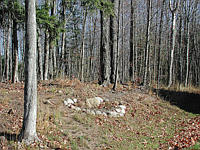
|
| 24mm | 38mm | 75mm |
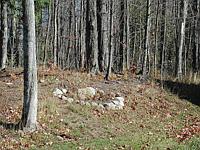
|
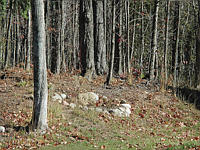
|
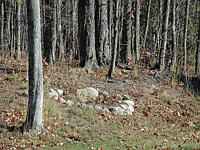
|
| 115mm | 230mm | 345mm |
| Click on the image to see a larger one | ||
With this comparison in mind, if you want to exaggerate the foreground, consider using a wide angle lens. In general, we point the lens downward so that the foreground will occupy most of the image. Of course, the foreground must have something interesting to be exaggerated. If you want to have a compressed effect that pulls distant objects close together, use a telephoto lens. Please keep in mind that this does not rule out the common sense that using wide angle (resp., telephoto) to take a wide scene (resp., distant objects).
There are more information in the Converter Lenses section, including a focal length comparison, lens hoods, and the discussion of each of the five converters.